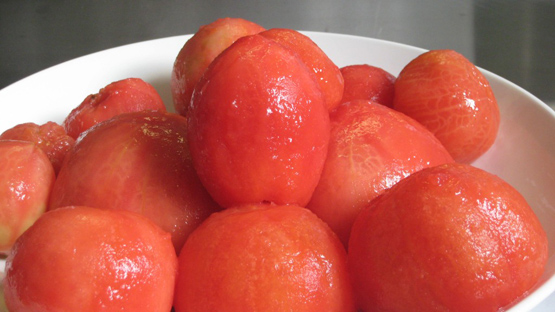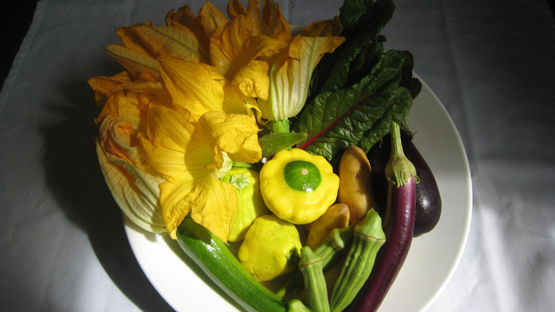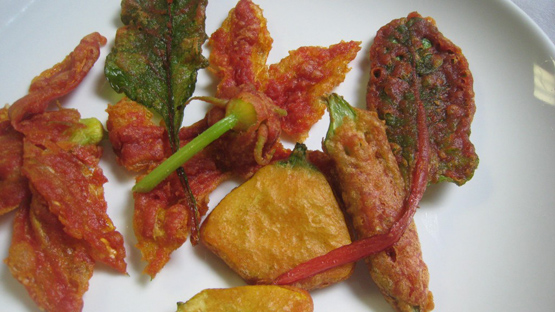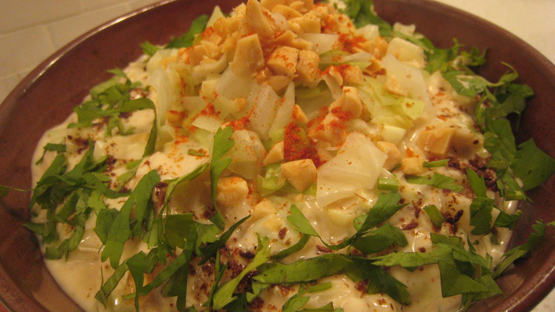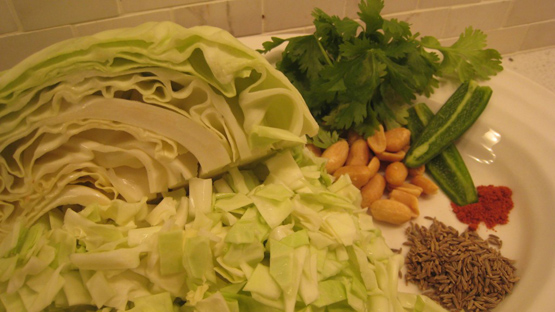 The past Saturday was “Can It Forward Day“- a day co-inspired by Canning Across America to get people preserving the bounty of the seasonal harvest. I was inspired to make a couple of Indian flavoured items to put away for a late date: a slightly spicy South Indian style tomato chutney and a sweet and sour (anglo-indian style) eggplant pickle.
The past Saturday was “Can It Forward Day“- a day co-inspired by Canning Across America to get people preserving the bounty of the seasonal harvest. I was inspired to make a couple of Indian flavoured items to put away for a late date: a slightly spicy South Indian style tomato chutney and a sweet and sour (anglo-indian style) eggplant pickle.
Before moving to India I had tried a few of the store bought mass produced pickles. I found them coated in too much spice and was unsure of what they should actually taste like. I was also naive in their purpose on a thali and their influence within an Indian meal. I was an achar (pickle) novice.
Over many meals and visits to the markets I eventually learned a few things about pickles:
- their primary function is to awaken the appetite and a swaadisht achar can make a seemingly bland meal explode with flavour
- pickles only need to be consumed in small amounts (ie a tablespoon or two)
- no two pickles are the same- each region and each family will have their own recipes and manner of preparing and using a pickle
- visit any market (and many homes) and you will see earthenware jars filled with a variety of homemade achars and chutneys- this is a burgeoning cottage industry much like the jams, jellies and pickles found throughout country stores and fine food shops in North America.
If you are unsure of how to properly can I suggest you check out either Canning Across America or Food in Jars as they are great sources for all things canned. It is not too late for you to do your own canning. I hope that there recipes inspire you to either reproduce them or at least get you into the kitchen to prepare a family heirloom pickle or chutney.
If you do not want to preserve each one should keep for a couple of weeks, well covered in a refrigerator.
- 2 kg ( 4 ½ lbs) tomatoes
- ¼ cup ginger, finely minced/puree
- ¼ cup garlic, finely minced/ puree
- 2 branches curry leaves (about 20 leaves)
- 6 tablespoons vegetable oil
- ¾ cup malt vinegar
- ½ cup sugar
- 2 tsp salt
- 4 tsp mustard seeds
- 4 tsp cumin seeds
- 1 tsp fenugreek seeds
- 10 dried red Kashmiri chillies
Every 10 minutes or so give the mixture a good stir so that it does not stick to the bottom. Let the mixture cook down for close to an hour or until it has a jam like consistency.


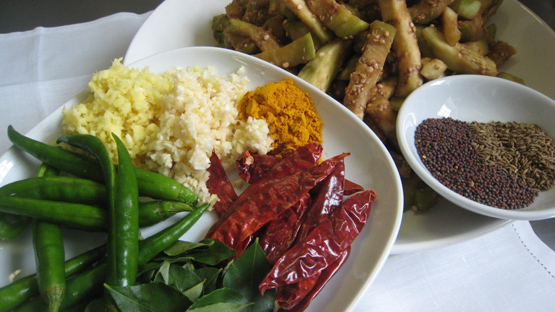
- 1.5 kg eggplant
- 1 tbsp salt
- 1 cup vegetable oil
- 3 branches curry leaves (about 30 leaves)
- ¼ cup garlic, minced
- ¼ cup ginger, minced
- 8 green cayenne chillies, slit
- 2 tsp mustard seeds
- 2 tsp cumin seeds
- 10 dried red Kashmiri chillies
- 1 tsp fenugreek seeds
- 2 tsp turmeric powder
- ½ cup malt vinegar
- ¼ cup sugar
- 1 ½-2 tbsp salt
NOTE: This was originally posted on my blog India On My Plate on August 16, 2011


